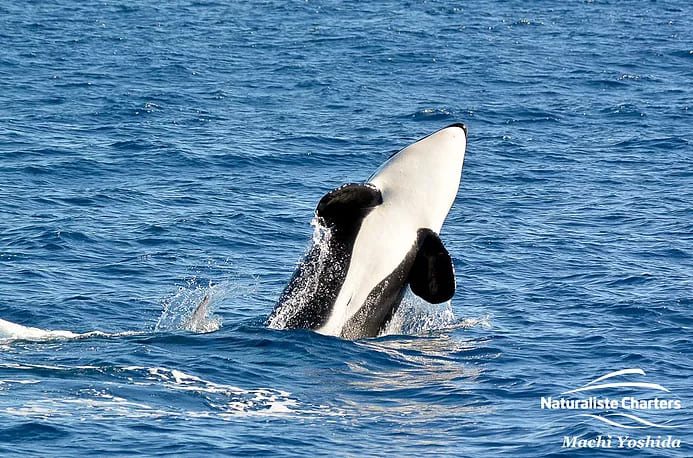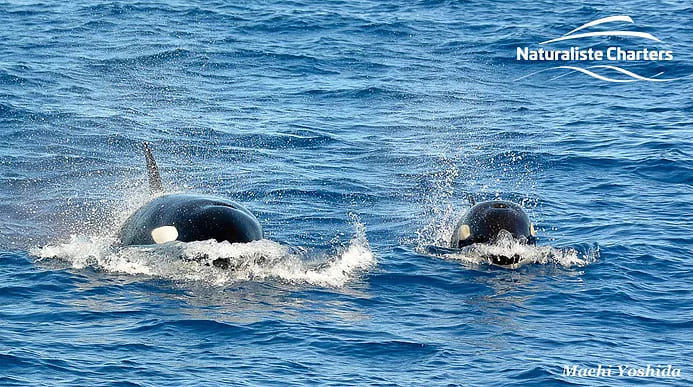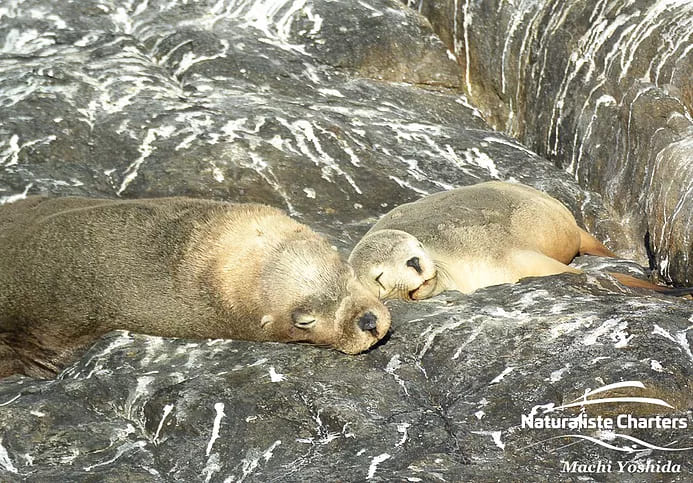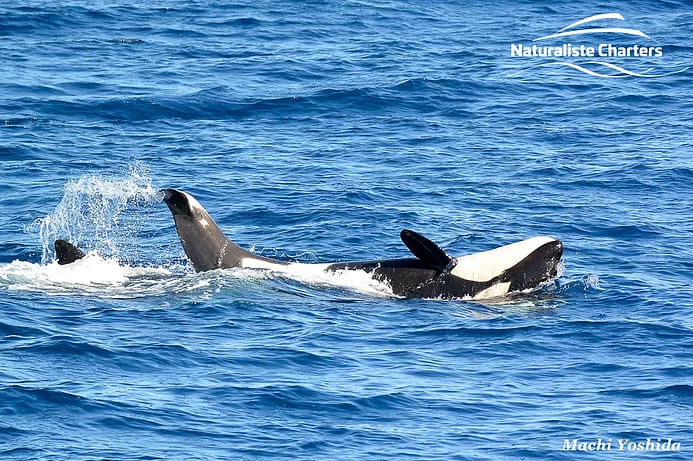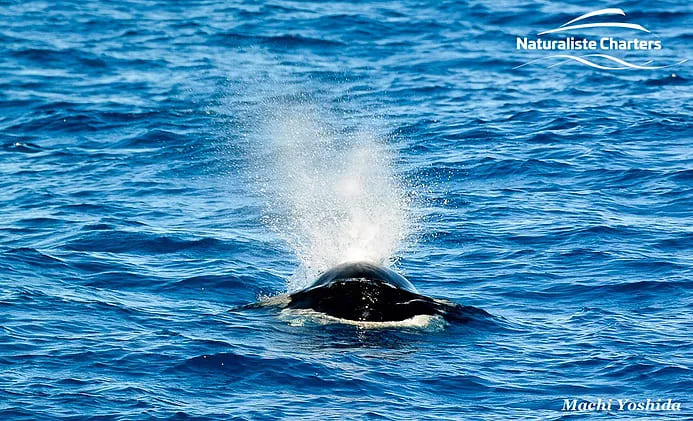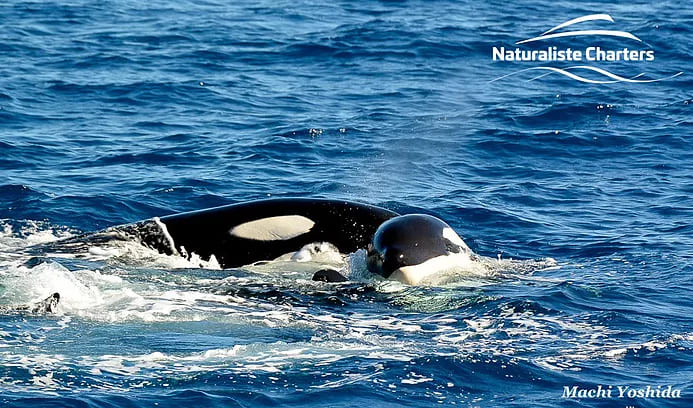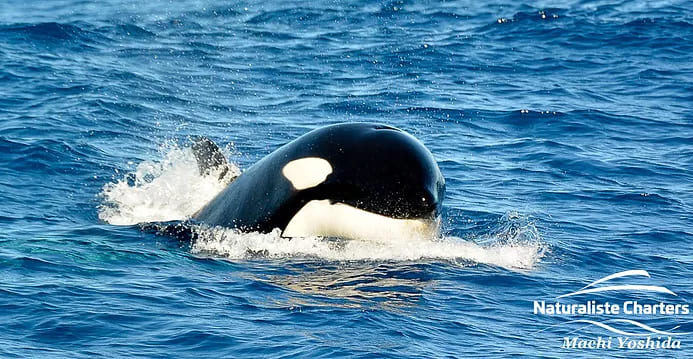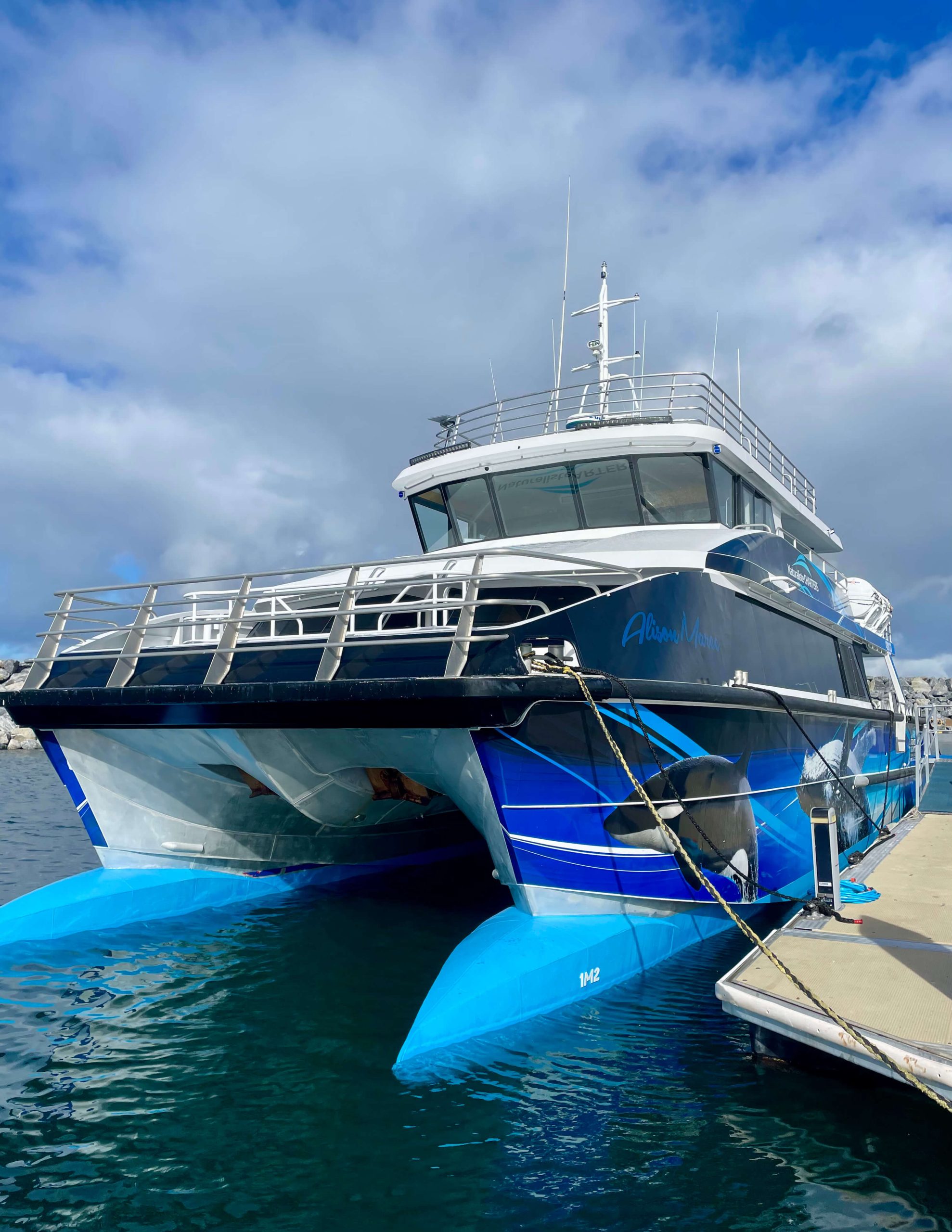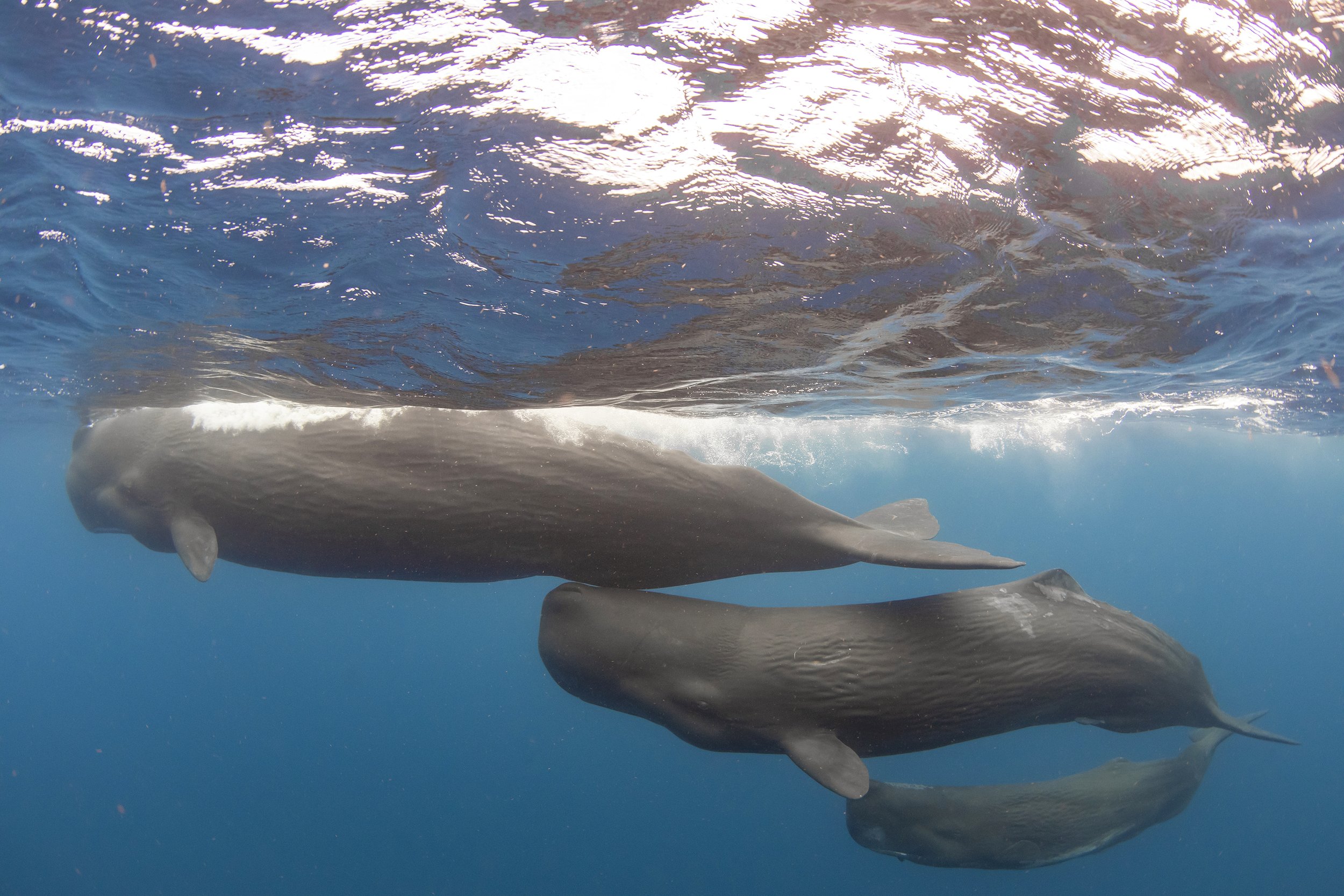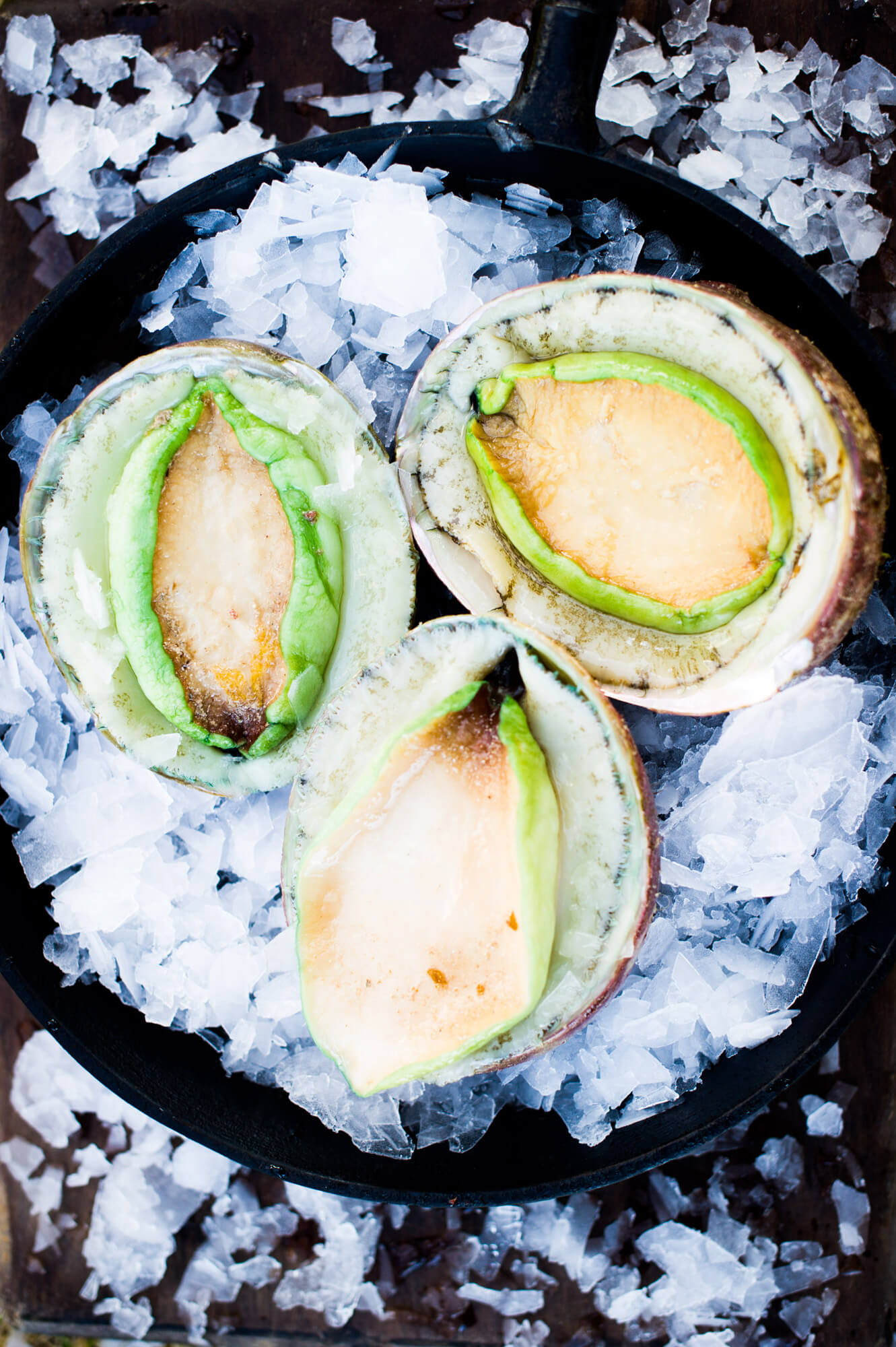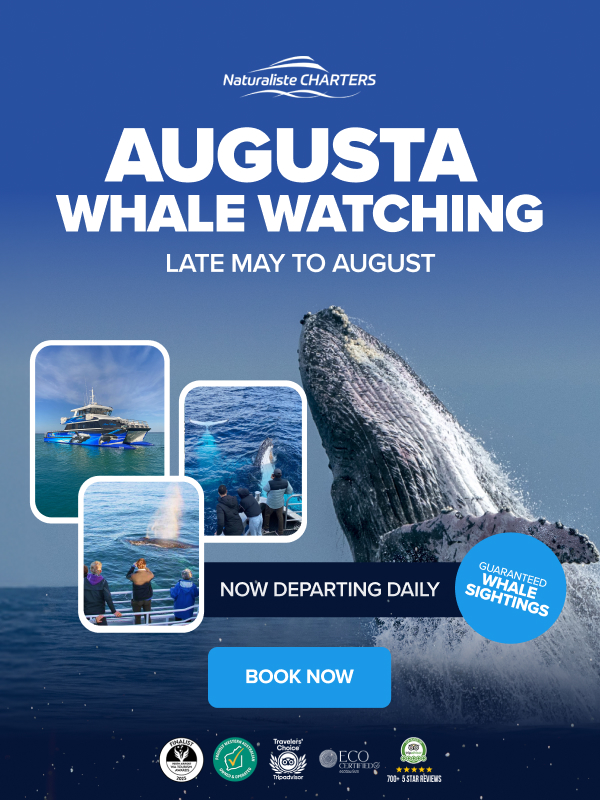Orca Calf Interaction Turns a Quiet Day Into Pure Magic
Low winds and calm seas usually sound like a dream—but not in Bremer Canyon. These glassy conditions are not ideal for killer whales, who prefer turbulence for hunting. However, today’s stillness offered something equally special: a rare and unforgettable orca calf interaction. As we drifted over mirror-like waters, the search continued for hours. Only two sunbathing mola mola (sunfish) broke the surface early in the day. Baitfish and skipjacks shimmered across the horizon, raising hopes for sharks or beaked whales—but nothing came. By 3pm, the mood had dipped. Then suddenly, the call came over the radio—“ORCA ORCA ORCA!” Passengers and crew rushed to the bow as dorsal fins sliced the water. The silence gave way to the clicking of camera shutters and the piercing vocalisations of a young calf, screeching loudly above the surface as it communicated with its mother. Hope was restored—and then some.
Book your Bremer Canyon Expedition with Naturaliste Charters and witness moments like these.
Calves, Clicks, and Curious Contact
The next 40 minutes were filled with one of the most animated orca calf interactions we have ever observed. Four killer whales surrounded the vessel—a mother, her calf, and two juveniles, including a sprouting male. Their playful behaviour rivalled that of dolphins. They used their heads to launch one another out of the water, engaging in gentle body bumps and skin-to-skin contact. Their actions were not aggressive, but social, showcasing the strong bonds within this pod. The calf’s high-pitched calls were loud and persistent, echoing above the surface as it nudged closer to its mother. From spy hops to porpoising and endless tail slaps, the display never let up. It was pure joy—intelligent animals interacting in a way rarely seen. Guests stood silently, smiling, overwhelmed by the intimacy of the experience. Cameras clicked, but it was the energy that left the strongest impression. We believe this calf may be from an entirely new family group in the canyon.
Is This a New Family in the Bremer Population?
Despite scanning through our ID catalogue, we could not match the pod to any known groups. This could mean we have welcomed a completely new matriline into the Bremer system—potentially carrying a newborn calf. Such sightings are not just thrilling, but scientifically significant. Every orca calf interaction offers insights into pod structure, social behaviour, and population expansion. Observing juveniles and calves from unknown lineages reminds us how much we still have to learn about killer whale populations in Australian waters. This is also a great reminder that persistence often pays off. Even after hours with little activity, one call changed everything. From lone sunfish to exuberant orca play, it became one of our most memorable tours this season. For those passionate about wildlife, moments like this reward patience, curiosity, and a love for the unexpected.
Want to know more? Explore the Naturaliste Charters blog archive for recent sightings and discoveries.
Why Orca Calf Interaction Matters
Social bonding between orca calves and pod members is crucial to their survival. These interactions teach calves hunting skills, social roles, and communication patterns. Calves vocalise to strengthen their relationships and understand their environment. Physical contact, like we witnessed today, is also a known comfort behaviour. Scientists studying orca pods in the Southern Ocean continue to explore how calf development influences the overall strength and cohesion of a matriline. In Bremer Canyon, these encounters are windows into their world. Every time a new calf is seen, our understanding deepens. The Southern Ocean is still full of mystery, and every vocalisation or breach contributes to the broader story of orca life. Observations like today’s help researchers identify unique vocal patterns, group movements, and parenting strategies across different populations.
Read more on orca behaviour from NOAA’s Ocean Today.
Until Next Time
Bremer Canyon once again proved why it is one of the best places on Earth to see orcas in the wild. The day began quietly, with crystal-clear seas and little action. But by late afternoon, we had experienced an unforgettable orca calf interaction—one filled with sound, speed, and stunning social behaviour. From the calf’s shrill vocalisations to full-body launches and tactile bonding, the pod gave us a performance we will never forget. And just maybe, we met a brand-new family in the process. Stay curious, stay patient, and keep your camera ready. Out here, the magic always returns.
Until tomorrow,
The Bremer Canyon Crew

